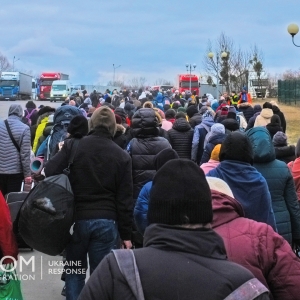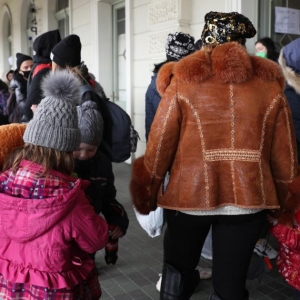
Detecting and locating lockdown violations in Italy during the COVID-19 pandemic by using Instagram data
Summary
The two private sector organisations Ghost Data and LogoGrab measured the number of lockdown violations in Italy during the COVID-19 pandemic with using Instagram data. It deployed AI-enabled image and video recognition technologies to detect incidents such as group gatherings and sunbathing in public spaces such as beaches, malls, and parks. In total, the study harvested images and video from 552,000 profiles and their stories on Instagram, covering the period from March 11th to March 18th, 2020. All data was anonymised prior to processing, by stripping out any personal data such as profile information, decreasing geo-location precision, blurring faces and removing metadata that could be used to identify individuals.
Results
The results of this project showed that Instagram data analysed by AI-enabled technologies such as image and video recognition can effectively detect and locate violations of COVID-19 measurements in Italy. For instance, the research team found that 50 percent of people not conforming to quarantine regulations were taking part in group activities; 40 percent were in cities and 17 percent were in parks. Additionally, the study also identified the regions of Lombardy, Campania, Sicily and Lazio as regions with the highest levels of quarantine violations. Overall, this study demonstrates that social media data from Instagram can be analysed efficiently with using AI-based methodologies to detect and locate violations of lockdown policies during the COVID-19 pandemic. Considering the global scope of Instagram, this innovative data project can be replicated in multiple contexts around the world, especially in areas with a high penetration of Instagram as a social media service.
(Image: © Instagram.com)



